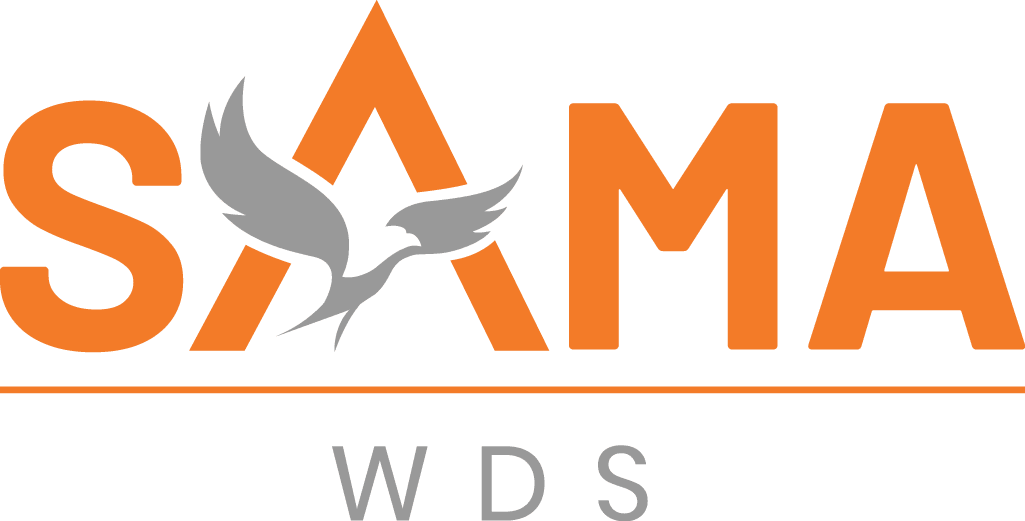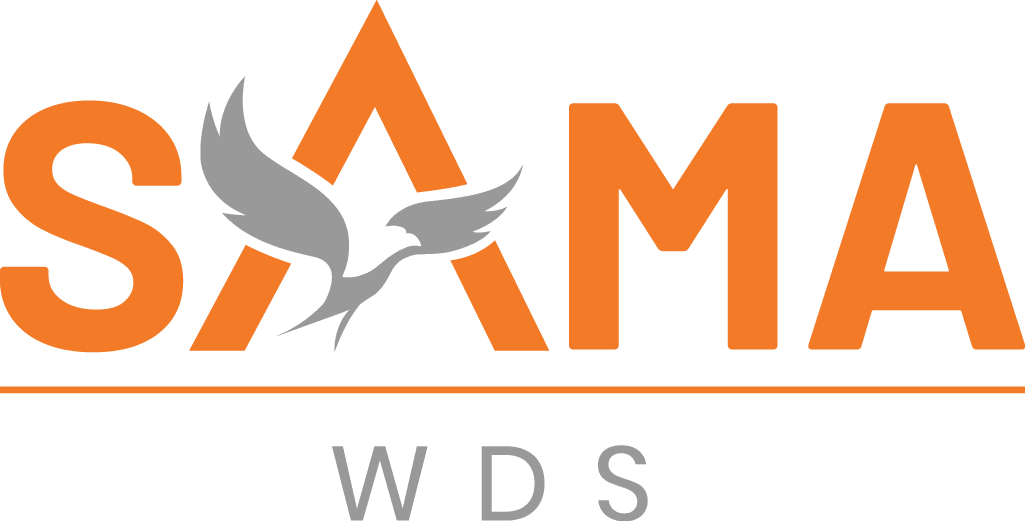
The Ultimate Guide to HCM Software in 2024: Choosing the Perfect Fit for Your Organization
Executive Summary
The Human Capital Management (HCM) software landscape has undergone significant transformation in 2024, driven by advances in artificial intelligence, machine learning, and cloud-native architectures. For organizations already leveraging HCM solutions, the challenge lies not in adoption but in optimization, integration complexity, and navigating the evolving feature sets that promise enhanced workforce analytics and predictive capabilities.
This comprehensive technical analysis examines the current HCM ecosystem through the lens of enterprise architecture, API compatibility, data governance frameworks, and advanced analytics capabilities. We’ll explore how modern HCM platforms are addressing scalability challenges, regulatory compliance requirements, and the increasing demand for real-time workforce insights.
Core Architecture Considerations for HCM Platform Selection
Cloud-Native vs. Hybrid Deployment Models
The architectural foundation of your HCM system determines its scalability, security posture, and integration capabilities. Cloud-native platforms like Workday, SuccessFactors, and BambooHR have evolved beyond simple SaaS offerings to provide sophisticated microservices architectures that enable granular scaling and fault tolerance.
Multi-tenant Architecture Benefits:
- Resource optimization through shared infrastructure
- Automatic scaling based on usage patterns
- Built-in disaster recovery and high availability
- Reduced total cost of ownership (TCO) through shared maintenance
However, organizations with complex compliance requirements or data sovereignty concerns may require hybrid deployments. Modern HCM platforms now offer sophisticated data residency controls, allowing sensitive employee data to remain on-premises while leveraging cloud capabilities for analytics and reporting.
API-First Design and Integration Ecosystem
The API layer serves as the nervous system of modern HCM implementations. RESTful APIs with GraphQL support have become the standard, enabling granular data access and real-time synchronization with existing enterprise systems.
Critical API Capabilities to Evaluate:
- OAuth 2.0 and SAML 2.0 authentication protocols
- Rate limiting and throttling mechanisms
- Webhook support for event-driven architectures
- Batch processing capabilities for large data migrations
- Version management and backward compatibility guarantees
Organizations should prioritize platforms offering comprehensive API documentation, sandbox environments, and dedicated developer portals. The ability to create custom endpoints and leverage middleware platforms like MuleSoft or Dell Boomi for complex transformations has become essential for enterprise deployments.
Ready to Optimize Your HCM Platform Architecture?
Sama WDS specializes in enterprise HCM implementations, performance optimization, and complex system integrations. Our team of certified architects and developers can help you navigate the technical complexities of modern HCM platforms and ensure your investment delivers maximum ROI.

Advanced Analytics and AI-Driven Insights
Predictive Analytics and Workforce Planning
The integration of machine learning algorithms into HCM platforms has revolutionized workforce planning capabilities. Modern systems leverage historical data, market trends, and organizational patterns to provide predictive insights into employee turnover, skill gaps, and recruitment needs.
Key Analytical Capabilities:
- Attrition risk modeling using ensemble methods (Random Forest, Gradient Boosting)
- Skills gap analysis through natural language processing of job descriptions and employee profiles
- Compensation benchmarking against real-time market data
- Performance prediction models incorporating multiple data sources
These capabilities require robust data engineering pipelines capable of processing structured and unstructured data from multiple sources. Organizations should evaluate platforms based on their data lake integration capabilities, support for Apache Spark or similar distributed computing frameworks, and compliance with data privacy regulations like GDPR and CCPA.
Real-Time Dashboard and Reporting Architecture
Modern HCM platforms must support real-time analytics while maintaining system performance. This requires sophisticated caching strategies, in-memory databases, and optimized query engines.
Technical Implementation Considerations:
- In-memory computing platforms (Redis, Apache Ignite) for low-latency queries
- Columnar storage formats (Parquet, ORC) for analytical workloads
- Event streaming architectures using Apache Kafka or Amazon Kinesis
- Progressive web applications (PWA) for mobile-responsive dashboards
Security Framework and Compliance Management
Zero-Trust Security Model Implementation
The shift toward remote and hybrid work models has necessitated a zero-trust approach to HCM security. This involves continuous verification of user identity, device health, and data access patterns.
Essential Security Components:
- Multi-factor authentication (MFA) with adaptive risk scoring
- Privileged access management (PAM) with just-in-time access controls
- Data loss prevention (DLP) with content-aware policies
- Behavioral analytics for anomaly detection
- End-to-end encryption for data in transit and at rest
Organizations should prioritize platforms offering granular role-based access controls (RBAC) with attribute-based access control (ABAC) capabilities. The ability to integrate with existing identity providers through standards like SCIM 2.0 and LDAP is crucial for maintaining security posture across the enterprise.
Regulatory Compliance Automation
Compliance requirements vary significantly across industries and geographies. Modern HCM platforms must provide automated compliance monitoring, audit trail generation, and regulatory reporting capabilities.
Compliance Framework Support:
- SOX compliance through automated financial controls and audit trails
- GDPR and data privacy through data mapping, consent management, and right-to-deletion workflows
- Industry-specific regulations (HIPAA for healthcare, SOX for financial services)
- Equal Employment Opportunity (EEO) reporting and bias detection algorithms
Performance Optimization and Scalability Planning
Database Architecture and Query Optimization
The underlying database architecture significantly impacts system performance, especially as employee counts and data volumes grow. Organizations should evaluate platforms based on their database technology stack and optimization capabilities.
Database Technology Considerations:
- Distributed databases (Amazon Aurora, Google Spanner) for global deployments
- Read replicas and connection pooling for improved query performance
- Partitioning strategies for large historical datasets
- Indexing optimization for frequently accessed employee records
- Caching layers for reducing database load
Load Testing and Capacity Planning
Proper capacity planning requires understanding usage patterns, peak load scenarios, and growth projections. Modern HCM platforms should provide detailed performance metrics and support automated scaling.
Performance Monitoring Metrics:
- Response time percentiles (P50, P95, P99) for critical user journeys
- Database query performance and slow query identification
- API rate limiting and throttling effectiveness
- Memory utilization and garbage collection patterns
- Network latency and bandwidth utilization
Ready to Optimize Your HCM Platform Architecture?
Sama WDS specializes in enterprise HCM implementations, performance optimization, and complex system integrations. Our team of certified architects and developers can help you navigate the technical complexities of modern HCM platforms and ensure your investment delivers maximum ROI.

Integration Patterns and Data Synchronization
Enterprise Service Bus (ESB) vs. Event-Driven Architecture
The choice between traditional ESB patterns and modern event-driven architectures affects integration complexity, data consistency, and system resilience.
Event-Driven Architecture Benefits:
- Loose coupling between systems reduces integration complexity
- Real-time data synchronization across enterprise applications
- Improved fault tolerance through asynchronous processing
- Better scalability through event partitioning and parallel processing
Organizations should evaluate HCM platforms based on their support for modern integration patterns, including support for Apache Kafka, message queuing systems, and event sourcing architectures.
Data Synchronization and Consistency Models
Maintaining data consistency across multiple systems requires sophisticated synchronization strategies. Modern HCM platforms must support various consistency models depending on business requirements.
Consistency Model Options:
- Strong consistency for critical employee data (compensation, benefits)
- Eventual consistency for reporting and analytics data
- Conflict resolution strategies for concurrent updates
- Distributed transaction support for complex workflows
Vendor Evaluation Framework
Technical Due Diligence Criteria
When evaluating HCM platforms, organizations should conduct thorough technical assessments covering architecture, security, performance, and integration capabilities.
Evaluation Checklist:
- Architecture review including database technology, caching strategies, and scaling mechanisms
- Security assessment covering authentication, authorization, encryption, and compliance capabilities
- Performance benchmarks under realistic load conditions
- Integration testing with existing enterprise systems
- Disaster recovery and business continuity testing
- Vendor financial stability and product roadmap alignment
Total Cost of Ownership (TCO) Analysis
Beyond licensing costs, organizations must consider implementation, integration, maintenance, and upgrade expenses over the platform’s lifecycle.
TCO Components:
- Initial implementation and data migration costs
- Ongoing integration development and maintenance
- Training and change management expenses
- Performance monitoring and optimization costs
- Disaster recovery and backup infrastructure
- Vendor support and professional services fees
Future-Proofing Your HCM Investment
Emerging Technology Integration
The HCM landscape continues to evolve with emerging technologies like artificial intelligence, blockchain, and advanced analytics. Organizations should prioritize platforms with demonstrated innovation capabilities and clear technology roadmaps.
Technology Trends to Monitor:
- Natural language processing for employee self-service
- Blockchain for credential verification and secure data sharing
- Augmented analytics for democratized data insights
- Internet of Things (IoT) integration for workplace analytics
- Advanced machine learning for personalized employee experiences
Vendor Partnership and Ecosystem Development
The strength of a vendor’s partner ecosystem often determines the platform’s long-term viability and feature expansion capabilities. Organizations should evaluate vendor relationships with technology partners, system integrators, and third-party application developers.
Conclusion
Selecting the optimal HCM platform in 2024 requires balancing current organizational needs with future growth requirements. The technical considerations outlined in this guide provide a framework for evaluating platforms based on architecture, security, performance, and integration capabilities rather than superficial feature comparisons.
Organizations that invest in thorough technical due diligence, comprehensive TCO analysis, and future-proofing strategies will be better positioned to maximize their HCM investment and adapt to evolving workforce management challenges. The key lies in understanding that HCM platforms are not just software purchases but strategic technology investments that will shape organizational capabilities for years to come.
Success in HCM platform selection ultimately depends on aligning technical capabilities with business objectives while maintaining the flexibility to adapt to changing requirements. By focusing on architectural fundamentals, security frameworks, and integration patterns, organizations can make informed decisions that support both immediate needs and long-term strategic goals.
Ready to Optimize Your HCM Platform Architecture?
Sama WDS specializes in enterprise HCM implementations, performance optimization, and complex system integrations. Our team of certified architects and developers can help you navigate the technical complexities of modern HCM platforms and ensure your investment delivers maximum ROI.

